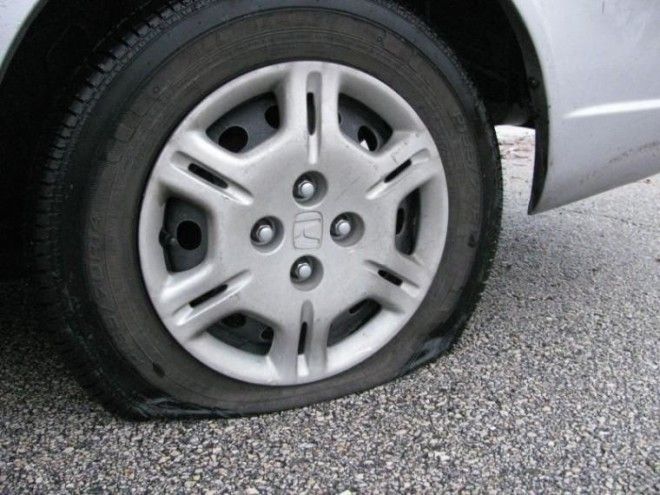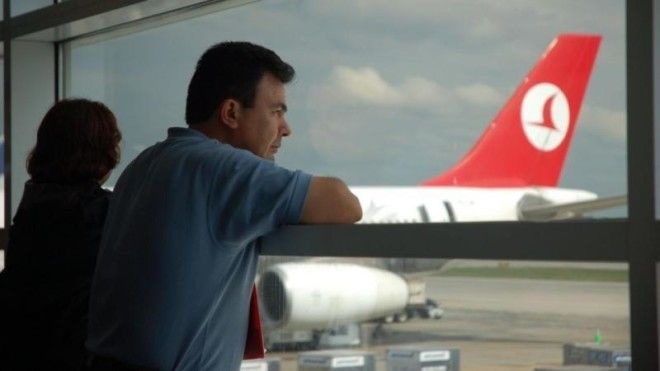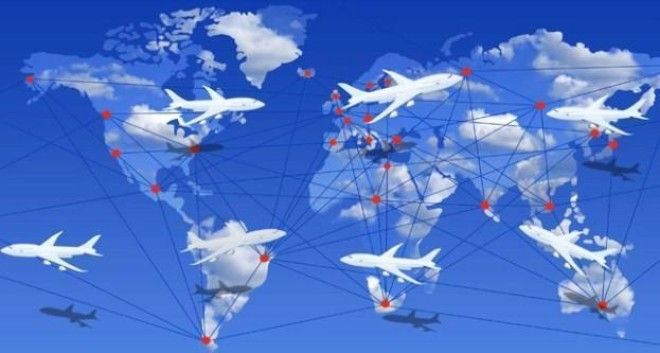Some of these rules are more unofficial policy rather than official, but with a smile and a calm voice, it’s possible to get the airlines to bend the rules. Most of the time, it's a matter of being proactive knowing which rules to bring up because most gate agents won't knowingly bring them up, lest passengers start using and abusing these policies.
Thankfully, God is not going to smite you out of the sky for being human.
The flat tire rule

The “flat tire rule,” as its so affectionately known, gives check-in agents some flexibility to accommodate passengers who missed a flight because, well, maybe they got a flat tire on the way to the airport.
Realize it doesn’t need to be an actual flat tire and it doesn’t require any ridiculous documentation — it’s mostly supposed to account for any traffic and road issues that passengers might encounter, since this apparently must happen a lot. (Most airlines do realize sh*t happens.)
Keep in mind this is more unofficial policy than official policy and it’s a good idea to contact the airline immediately as soon as you know things are going to go down (instead of going up with the plane).
Some people point out that Southwest even requires a phone call at least 10 minutes before departure. I have known some people who have personally used this rule when it actually did apply.
The trip-in-vain rule

The trip-in-vain rule seems to exist in some sort of alternate mythical universe but frequent fliers have confirmed its existence over the years. (I don’t have any personal experience with this one; but here’s Exhibit 1, Exhibit 2 and Exhibit 3.)
The crux of the rule is this: If, for some reason, something happens to the flight that’s within the airline’s control and the passenger misses the entire purpose of the trip,
Advertising
This can be easily applied to business and personal trips. For instance, if Salesperson Tom is flying to Podunk, Idaho in order to attend an important conference meeting. But on the way to Podunk, the plane gets delayed and there’s a mechanical issue.
The main problem being that Tom was supposed to head into the meeting three hours after the flight is landed. Then under this rule, Tom is entitled to a refund, credit, change or compensation. There is no longer any point going on this trip: By the time he lands, the meeting will be over.
This can also be applied to personal obligations and events, though it’ll depend on the severity of the situation. (Saying that you were entitled to 14 hours to visit the old folks instead of 13 might raise some eyebrows!)
The most direct routing rule

This is bound to happen during the next Snowpocalypse. If the airline has some sort of issue — especially if it's a mechanical issue — and the airline decides to reroute a passenger through a series of hubs, instead of playing musical chairs, each traveler is entitled to ask the airport for the most direct routing.
Most gate agents won't necessarily volunteer this information but mobile apps like WorldMate or TripIt will provide all possible routes between point A and point B.

